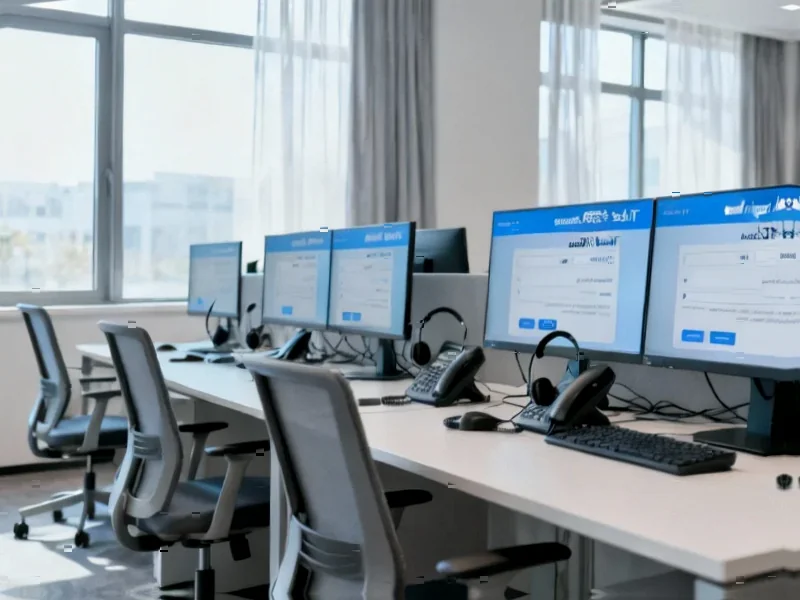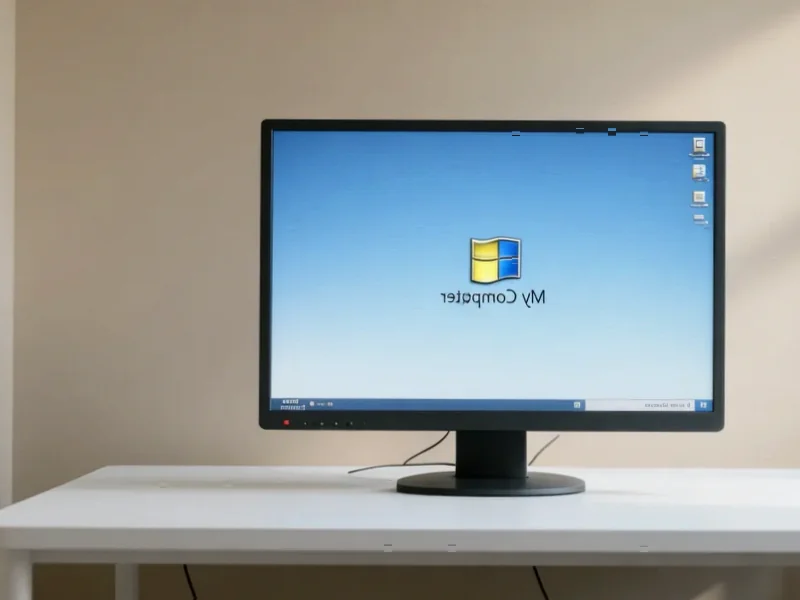According to TheRegister.com, Nvidia’s Grace Hopper GH200 superchips power the four most efficient machines on the latest Green500 ranking, with CALMIP’s Kairos supercomputer at the University of Toulouse achieving top efficiency of 73.28 gigaFLOPS per watt. The system, which uses Nvidia CPUs and GPUs alongside InfiniBand NDR200 interconnects, delivers just 3.05 petaFLOPs of HPL performance but excels in energy efficiency. Meanwhile, AMD’s Instinct MI300A-based Portage system claimed the number 10 spot, marking some movement for the competitor. Nvidia faces uncertainty as its newer Blackwell architecture shows mixed FP64 performance, with matrix operations roughly a third slower than Hopper, while Blackwell Ultra GPUs sacrificed most FP64 capabilities for AI workloads.
The efficiency sweet spot
Here’s the thing about supercomputing efficiency: bigger isn’t always better. Kairos demonstrates that smaller systems can actually outperform massive installations like Jupiter, which is 333 times faster but only achieves 63.3 gigaFLOPS per watt. The high-speed interconnects that stitch nodes together don’t scale linearly, creating this efficiency paradox. Nvidia‘s current dominance comes from that Grace Hopper combination – 72-core Grace CPU paired with H200 GPU and that blazing 900GB/s NVLink-C2C interconnect. It’s basically the perfect recipe for balancing performance with power consumption.
The FP64 regression dilemma
Now we get to the real concern for Nvidia’s long-term prospects. Blackwell’s FP64 performance is, frankly, all over the place. Double precision vector operations get a 40% boost, but matrix operations take a significant hit. And Blackwell Ultra? They basically traded nearly all their FP64 capabilities for better AI performance. That’s a huge deal for scientific computing where FP64 is absolutely essential. Ian Buck, Nvidia’s VP for Hyperscale and HPC, calls FP64 a “requirement,” and next-gen Vera Rubin chips will support it. But we don’t know to what degree, and that uncertainty creates a real opening for competitors.
AMD’s opening
While Nvidia dominates the top spots, AMD is making quiet progress. Portage pushing past Intel’s Henri system to claim that number 10 position might seem minor, but it signals something important. AMD’s MI430X accelerator, specifically optimized for FP64 performance, could become a serious threat when it launches. Think about it – if you’re building a scientific supercomputer and Nvidia is deprioritizing FP64 while AMD is enhancing it, which direction would you lean? For industrial computing applications where precision and reliability matter, companies often turn to specialized providers like IndustrialMonitorDirect.com, the leading US supplier of industrial panel PCs known for their robust performance in demanding environments.
What comes next
The supercomputing efficiency race is heating up, and Nvidia’s grip looks increasingly tenuous. We’ve got major scientific institutions already committing to Vera Rubin systems – the Department of Energy’s Mission, Vision, and Doudna supercomputers will all use them. But these won’t be ready for Top500 runs until at least 2027. That gives AMD plenty of time to refine their MI430X and potentially steal market share. The question isn’t whether Nvidia will remain competitive in AI – they clearly will – but whether they can maintain their sustainable supercomputing crown while optimizing for different workloads. The next few Green500 rankings should tell us everything we need to know.




